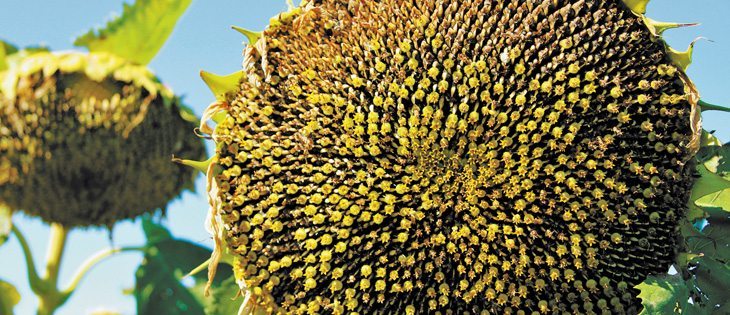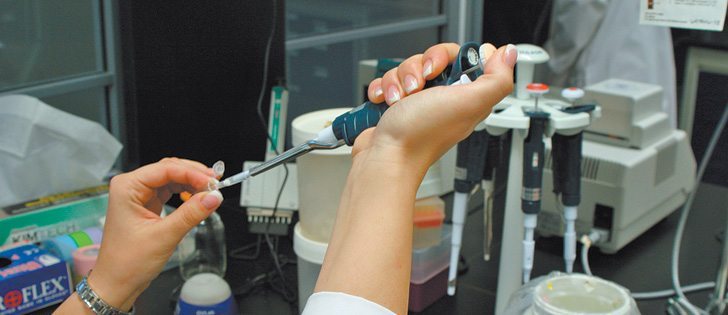Pork should be able to wipe the “pink slime” off its prices and regain some of the value it has lost in recent weeks, say meat market analysts.
The controversy has been about beef, not pork, they say, and pork supplies are barely increasing this year, regardless of high prices.
As well, beef supplies are low compared to consumer demand, even if ground beef demand drops because of “pink slime” fears.
Meat supplies will have trouble meeting demand without pushing up prices.
“With that issue receiving less attention, hog prices should be set for a spring rally in the next six weeks,” said Purdue University agricultural economist Chris Hurt April 9.
Read Also

VIDEO: Catch up with the Western Producer Markets Desk
The Western Producer Markets Desk provides daily updates on agricultural markets, with recent video commentary including looks into canola, wheat, cattle and feed grains.
“Over the past five years … live hog prices have rallied an average of $11 per hundredweight into mid-May.”
However, some analysts think pork export demand is slowing, so North American pork prices could face headwinds in trying to reach their former elevation.
“Relative to history, forward prices for the summer months represent fair value, and given the uncertainty in export markets, deserve consideration,” said Tyler Fulton of Hams Marketing Services.
The “pink slime” controversy erupted after images and descriptions of what the meat industry calls “lean finely textured” beef began to spread across the internet.
Consumer disgust became widespread, with demand for ground beef dropping across the United States. Some U.S. meat processing plants have closed, and at least one has gone bankrupt.
Beef prices slumped and most analysts say “pink slime” was the main cause.
However, pork prices also slumped and analysts think it was related to the beef controversy because consumers became disgusted by all ground meat products and avoided them.
However, hog futures prices have staged an impressive comeback since the beginning of April, while cattle futures have merely arrested their slump.
June Chicago lean hog futures fell from about $93.75 per hundredweight at the outset of the controversy to bottom at nearly $90. They then recovered by April 9 to $93.62.
However, fed cattle fell from $122 to f $115-$117 and have not risen from there.
The ability of hog and pork prices to rise out of the slime-induced slump suggests to some that they have a strong foundation and should rise into summer.
The most recent U.S. Department of Agriculture hogs and pigs report shows sow numbers in the U.S. increased only 0.6 percent compared to year-before numbers and the slaughter herd increasing by only two percent by summer.
Low reported farrowing intentions for the coming months should lead to only a one percent increase in the slaughter population this fall and into next year, analysts say.
Beef supplies are also low compared to consumer demand. Hurt said only 55 pounds of beef are available to each U.S. consumer this year, compared to 65 lb. five years ago.
That should lead beef prices to average $5.15 per lb. this year, up seven percent from last year, Hurt said.
However, some analysts think the sudden selloff of pork and beef recently shows underlying weakness in the meat market.
Many believe that China and other important importers have slowed buying, which may subject meat prices to continuing challenges.
Fulton cautioned farmers to not assume prices have to rise from here into an inevitable spring rally.
“This year’s market fundamentals are shaping up very differently from year ago levels, with South Korea and China less active in the market,” said Fulton.
“Producers should consider pricing 25 percent of their June to September production at current prices,” he said.
“Forward prices offered for the fourth quarter represent even better value than the summer months, and adding an equivalent amount of protection in this period would be prudent.”
Most analysts say the “pink slime” controversy is still hurting the beef market, although media attention is waning. It is difficult to assess the gross-out factor’s ability to deter consumers from eating hamburgers at summer barbecues.
“Lean finely textured beef” is an approved product and is generally considered safe for humans to eat.















